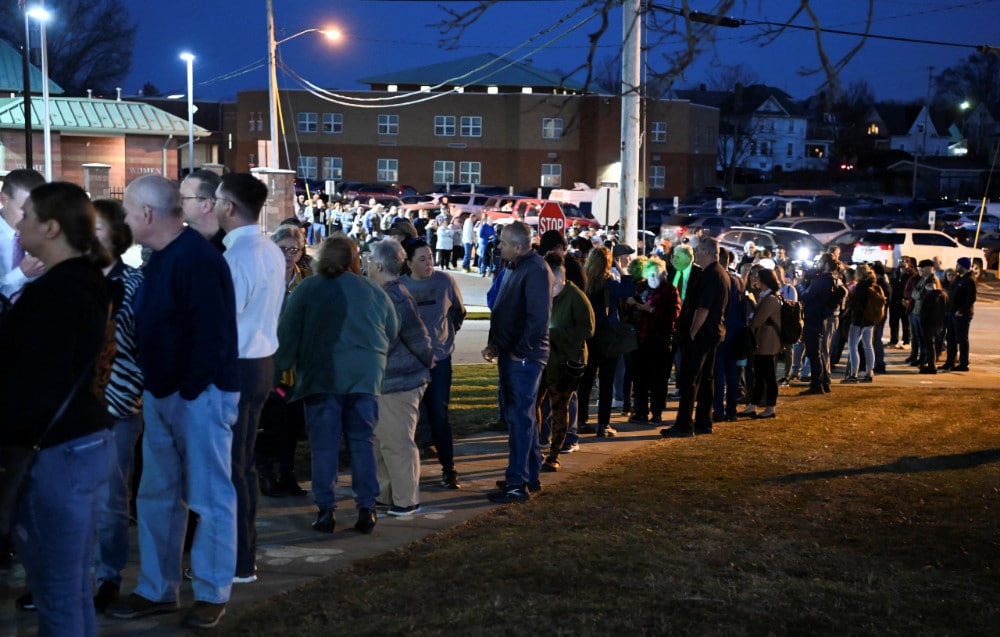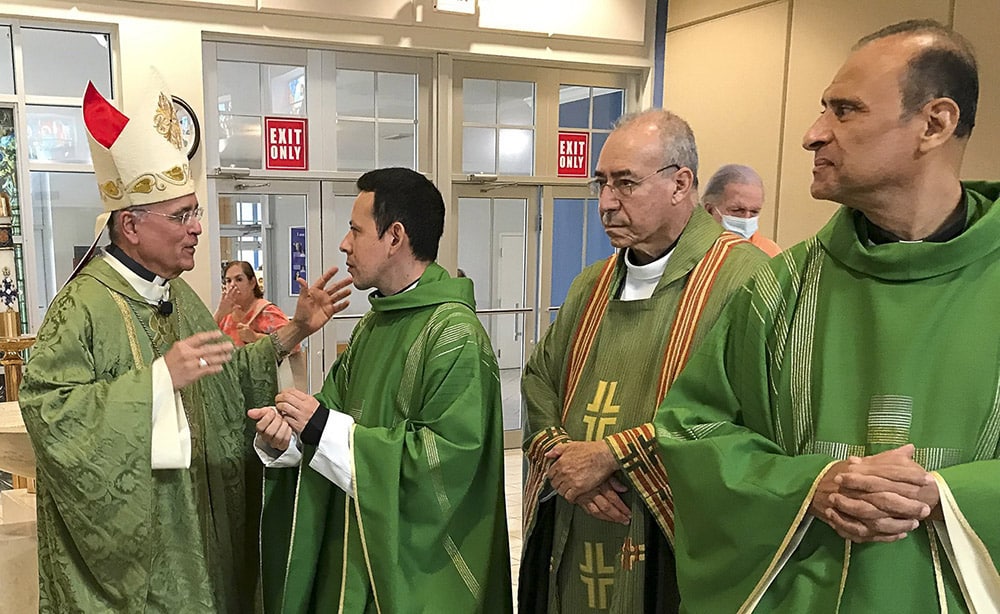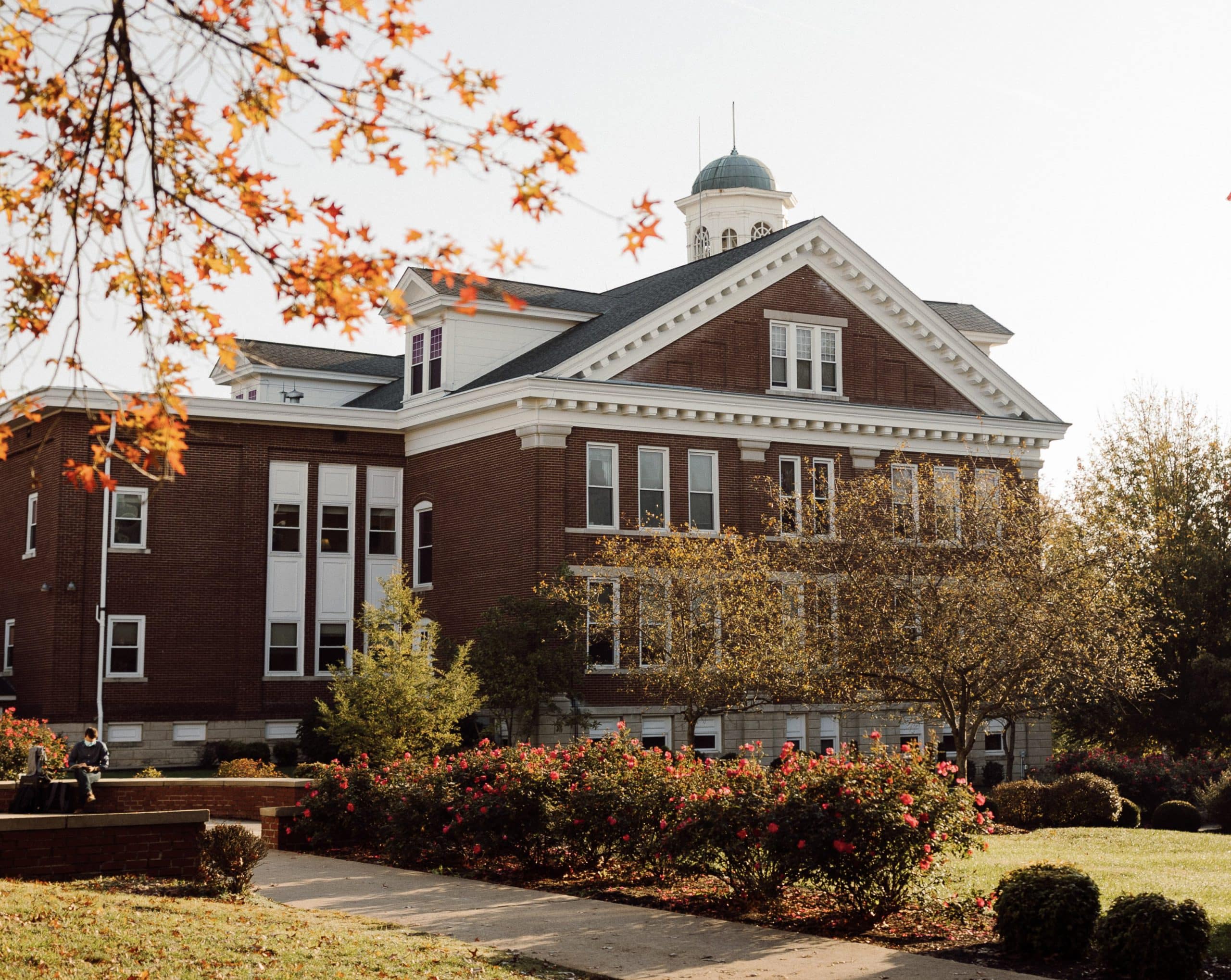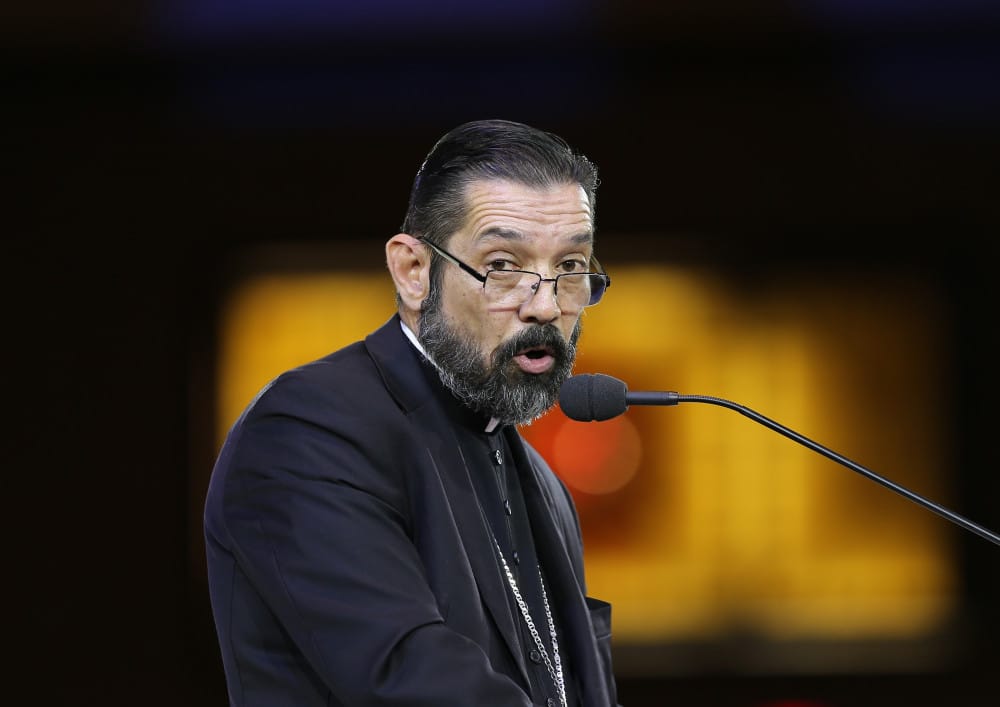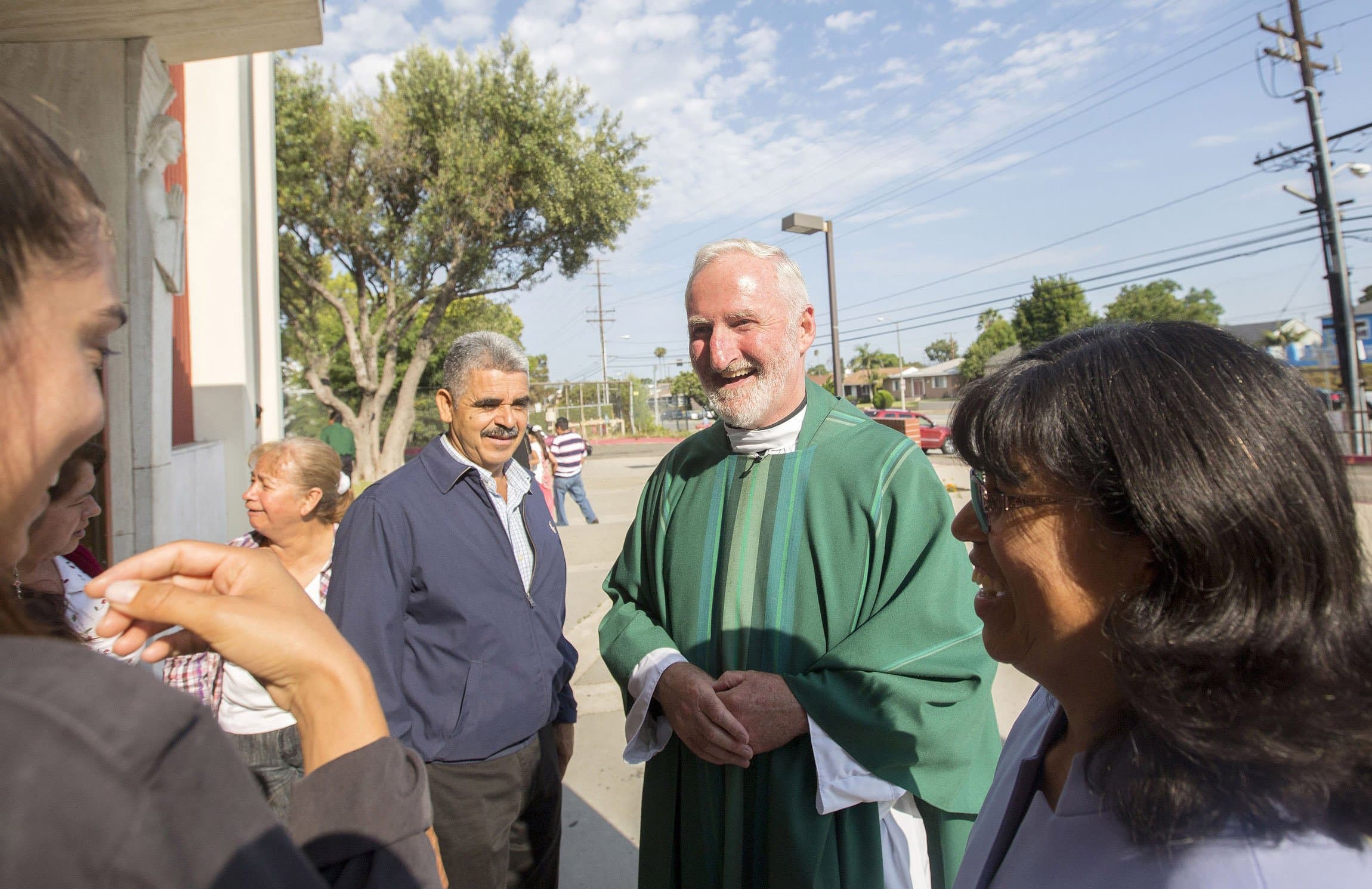(OSV News) — An Ohio Catholic priest told OSV News “it will be a long time” before he and his parishioners feel secure in their surroundings, following a train derailment that dumped toxic chemicals into the environment.
“I’m just hoping this is not going to be another Love Canal,” said Father David Misbrener, pastor of the Our Lady of Lourdes and St. Jude Parish Communities, located respectively in East Palestine and Columbiana, Ohio.
Love Canal is the New York state neighborhood that became the site of the U.S.’s worst chemical waste disaster after decades of stored toxins leached into the area’s soil and water.
On Feb. 3, a Norfolk Southern freight train’s 38 cars derailed in East Palestine, sparking a massive fire that damaged an additional 12 cars. Of the 20 cars carrying hazardous materials, 11 derailed, according to the National Transportation Safety Board. The NTSB said it is investigating an apparently overheated wheel bearing as a possible cause of the derailment.
The wreck sparked a massive fire, which was followed by a Feb. 6 controlled burn undertaken by authorities to eliminate some of the chemicals. The flames continued until Feb. 8, according to the U.S. Environmental Protection Agency.
Father Misbrener said he and his parishioners, many of whom are senior citizens, are now deeply concerned about the long-term environmental impact of the derailment — prompting him to reference Love Canal.
Residents packed a Feb. 15 town hall meeting on the derailment’s environmental aftermath, demanding clarification about air, water and soil hazards from East Palestine Mayor Trent Conaway and Congressman Bill Johnson. Representatives from Norfolk Southern declined to attend, citing security concerns — a move that left many on hand angry.
Numerous local, state and federal agencies have been working to address the wreck, but “despite all of the cleanup … we’re learning now how dangerous those chemicals were,” Father Misbrener told OSV News Feb. 14, adding he thought the consequences of the derailment “could be much worse” than so far anticipated.
Amid ongoing concerns about the derailment’s fallout, Ohio Gov. Mike DeWine called a Feb. 14 news conference featuring representatives from several state agencies. He said it was “absurd” the train had not been deemed a “high hazardous material train” by the state’s public utilities commission, and called on Congress “take a look at how these things are handled.”
Mary Mertz, director of the Ohio Department of Natural Resources, said “about 3,500 dead fish” from 12 different species have been counted across a 7.5-mile area spanning four different waterways — one of which leads into the Ohio River. There was “no evidence of non-aquatic species suffering from the derailment,” she said.
Tiffani Kavalec, chief of the surface water division for the Ohio Environmental Protection Agency, said Sulphur Run — the waterway closest to the derailment — “remains contaminated but we’re confident it is contained.”
Authorities continue to monitor the air and soil, but residents remain uneasy, said Father Misbrener.
“We had the air and the water tested, but I still won’t drink the water. I never did down there, anyway; that’s just how I feel,” said Father Misbrener, who resides at St. Jude Parish, some 11 miles from Our Lady of Lourdes and the crash site.
Father Misbrener said he is looking to stock his sacristies with bottled water for use at liturgies and sacramental celebrations.
The parish hall at Our Lady of Lourdes has become a temporary distribution center for donations of “bottled water, food, clothing, diapers and all the things you need in an emergency,” he said.
Located just under a mile and a half from the derailment site, the parish church was initially closed as part of an emergency evacuation order, with the Feb. 5 Sunday Mass canceled.
The church was able to reopen in time for its feast day liturgy Feb. 10, during which Father Misbrener — in keeping with tradition — administered the anointing of the sick, a gesture that took on new significance as it “kind of calmed people’s nerves,” he said.
As they try to “recover and return to normal,” parishioners have been “checking in on each other” through “phone call chains,” said Father Misbrener. “We really have an outreach to one another.”
Gina Christian is a national reporter for OSV News. Follow her on Twitter at @GinaJesseReina.

